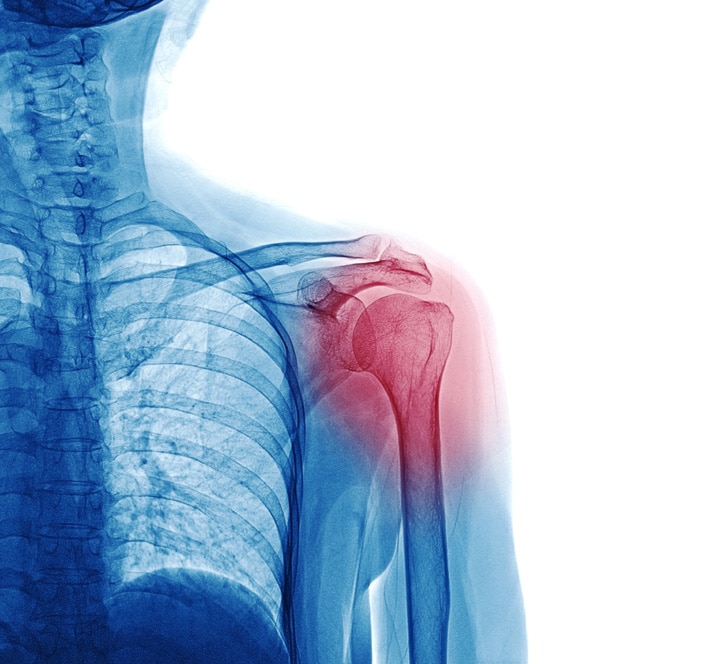Individuals with chronic shoulder pain often experience difficulty moving their arms, lifting objects, or going about their day without experiencing pain. Fortunately, a minimally invasive procedure known as shoulder arthroscopy can help relieve shoulder pain in many patients and improve their quality of life. If you suffer from chronic shoulder pain, you may wonder what the procedure entails and if it is the best fit for you.
At NJ Spine & Orthopedic, our board-certified medical professionals are ready to provide you with the highest level of care as we treat your pain. We will work with you to understand your injury and its impact on your life as we determine the best treatment plan for your unique needs. When you trust us with your spinal health, you can have peace of mind that your treatment is in compassionate and experienced hands.
Is a Shoulder Arthroscopy the Best Treatment for Me?
A shoulder arthroscopy can treat various shoulder conditions, including rotator cuff damage and damaged cartilage. This minimally invasive procedure is typically performed as an outpatient surgery and promotes faster recovery. Additionally, the incisions required are no larger than a postage stamp, and patients often experience minimal scarring, if any.
While our spine specialists prioritize conservative treatments before recommending surgery, a shoulder arthroscopy may be the best treatment for you if your pain has not responded to medication or physical therapy.
How Is a Shoulder Arthroscopy Performed?
On the day of your surgery, you will be placed in a reclining position or laid on your side so your surgeon can easily access the affected area. After positioning, the surgical team will remove any hair from the site and clean your shoulder with an antiseptic solution. They will cover the area with sterile drapes and place your forearm in a stabilizer to ensure it does not move during the procedure.
The Operation
Then, your surgeon will inject fluid into your shoulder to inflate the area. Inflating the joint will make the structures of your shoulder more visible and easier to access. After your shoulder is inflated, your surgeon will make a small incision for the tiny camera known as the arthroscope. Fluid flows through the arthroscope to ensure your surgeon’s view remains clear and to control bleeding. Your surgeon will insert the arthroscope into the incision and search for the damage.
When your surgeon locates the damaged area, they insert tiny implements into a separate incision to treat the issue. Your surgeon will use specialized surgical tools designed for the delicate work on your joint and surrounding tissue. Once your surgeon has treated the problem, they will remove the arthroscope and other surgical implements and close your incisions with stitches or bandages.
Post-Operation
While a shoulder arthroscopy has a quicker recovery period than open shoulder surgery, it may take several weeks to fully recover. During this time, it is essential to prioritize rest and consistency with medication to alleviate your symptoms. As you regain your strength and mobility, your doctor will devise a rehabilitation plan that includes physical therapy to ensure you recover successfully.
Schedule an Appointment With an Award-Winning Spine Specialist Today
At NJ Spine & Orthopedic, our spine specialists have extensive experience treating a wide range of shoulder conditions and will tailor their approach to meet your unique needs. We are committed to your safety and comfort and employ innovative techniques to help our patients embark on their journey to a pain-free life. To schedule an appointment with a member of our award-winning team, call us at (866) 553-0612 or complete our contact form today.

